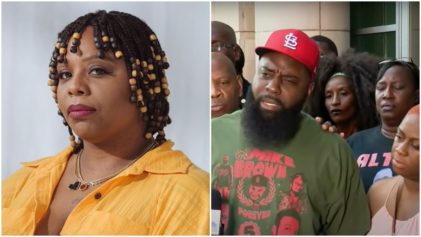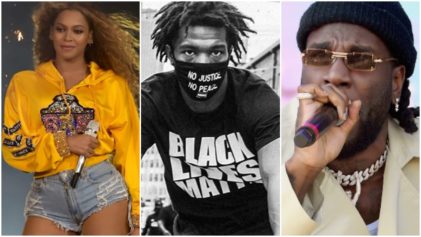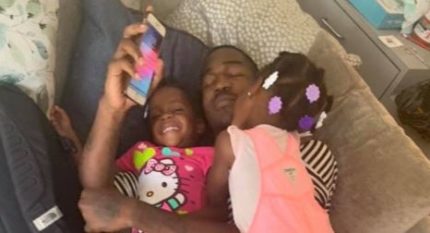If racism is one of the pivotal factors that led Police Officer Darren Wilson to kill Michael Brown in Ferguson, Missouri, last month, perhaps with the latest development in the case we will finally see unacknowledged racism work in favor of justice for Brown.
News reports this weekend revealed the emergence of two additional witnesses to the Brown shooting. But these witnesses differ in one important respect from every other witness who has come forward: They are white.
Why is this such an important revelation in the case?
Because the 12-member grand jury that is currently meeting once a week and hearing evidence to determine whether to charge Wilson is 75 percent white — six white men, three white women, two Black women and one Black man. This percentage closely matches that of St. Louis County, which is 70 percent white, but Ferguson itself is about two-thirds Black.
Numerous studies have shown that a white juror is more likely to show empathy for other whites in the courtroom than African-Americans. Up to this point, all the witnesses to the Brown killing were African-Americans from the neighborhood where he was shot. But the two construction workers who saw the shooting were not from the neighborhood, and they happen to be the same race as most of the jurors. In addition, on a jury with six white men, the testimony of two white male witnesses may prove pivotal.
The workers, one of whom spoke anonymously to the St. Louis Post-Dispatch, basically corroborate the statements of the Black witnesses. Though the witness told the paper he did not see what happened at the officer’s car — where Wilson and Brown reportedly engaged in an initial struggle and a shot was fired from Wilson’s gun — he confirmed that he saw Wilson chase Brown on foot away from the car after the initial gunshot and he saw the officer fire at least one more shot in the direction of Brown as he was fleeing. Then he saw Brown stop, turn around, put his hands up and the officer kill him in a barrage of gunfire.
Interestingly, in the entire story by the Post-Dispatch, the paper never mentions that the two new witnesses are white, as if the paper thought that information wasn’t relevant or important.
If you also think this focus on the witnesses’ race is irrelevant, consider what happened when journalist Elon James White tweeted Aug. 19 during the Ferguson protests that he was part of a group of eight people who did nothing except turn a corner in a residential neighborhood and promptly got tear-gassed by police. After his tweet, White was attacked on the social media site by whites who said he had made it all up.
Clearly, their thinking was, if the news was coming from a Black person, it was not to be believed.
If we transfer that Twitter reaction to the nine white people sitting in that St. Louis County grand jury room, it’s easy to see how much more value they might find in the witness testimony of white construction workers.
This grand jury is taking place in a country whose reaction to the Brown shooting divided neatly along racial lines. A Pew Research poll found that just 43 percent of whites felt Brown’s shooting was a racial issue, compared to 80 percent of African-Americans.
The lack of white empathy for blackness runs deep. In a 2011 study, researchers found that when white people saw videos of people being stuck with a needle, they had more empathy for the white people getting stuck than for the Black people — and the amount of empathy they felt showed a correlation to their level of implicit racial bias.
In another study, when white students played jurors in hypothetical criminal cases, they sentenced Black defendants more harshly and felt more empathy for white defendants.
A grand jury only needs nine of 12 “yes” votes to return an indictment. So if just nine of those jurors hear the parade of witnesses and decide that Wilson’s decision-making needs to be further investigated during a trial, he will be charged in Brown’s death.
Though there have been recent attempts to portray Brown as some kind of violent thug, the statement of the white witness also corroborates friends who say Brown had recently become deeply passionate about his Christian beliefs. The worker told a local television station that he had a half-hour conversation with Brown after Brown heard him utter a profanity in frustration after hitting a tree root while digging.
In a video that aired Aug. 12, Brown told the worker “he was feeling some bad vibes,” the man told KTVI.
“That the Lord Jesus Christ would help me through that as long as I didn’t get all angry at what I was doing,” the man said.
Brown told the man he had a picture of Jesus on his wall. The worker apparently responded that the devil had a picture of him on the wall.
About a half-hour later, the workers heard a gunshot and saw Brown running away from a police car with Wilson about 10 to 15 feet behind with a gun in hand.


